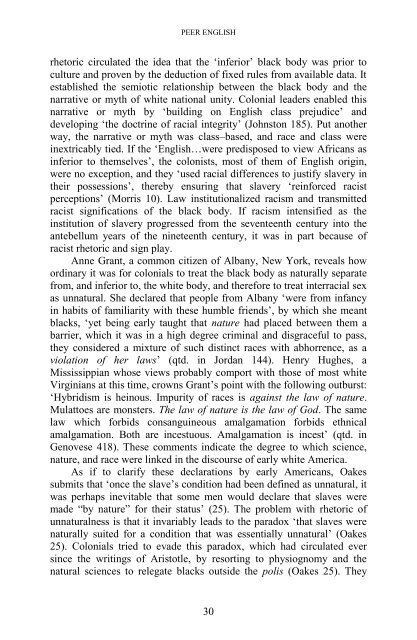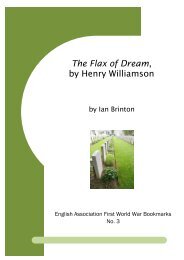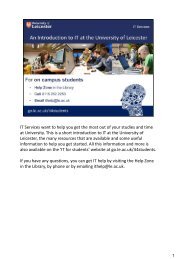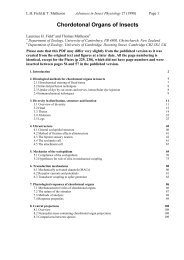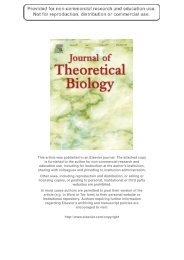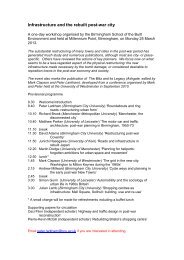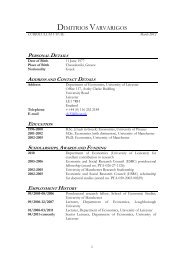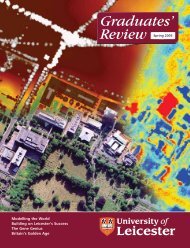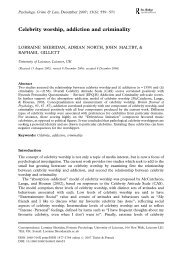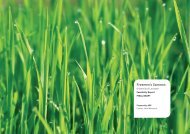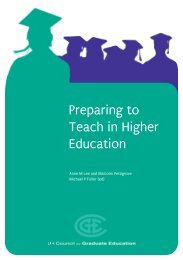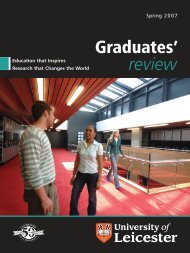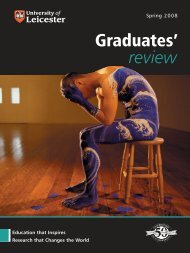From Natural Law to Natural Inferiority
From Natural Law to Natural Inferiority
From Natural Law to Natural Inferiority
You also want an ePaper? Increase the reach of your titles
YUMPU automatically turns print PDFs into web optimized ePapers that Google loves.
PEER ENGLISHrhe<strong>to</strong>ric circulated the idea that the ‘inferior’ black body was prior <strong>to</strong>culture and proven by the deduction of fixed rules from available data. Itestablished the semiotic relationship between the black body and thenarrative or myth of white national unity. Colonial leaders enabled thisnarrative or myth by ‘building on English class prejudice’ anddeveloping ‘the doctrine of racial integrity’ (Johns<strong>to</strong>n 185). Put anotherway, the narrative or myth was class–based, and race and class wereinextricably tied. If the ‘English…were predisposed <strong>to</strong> view Africans asinferior <strong>to</strong> themselves’, the colonists, most of them of English origin,were no exception, and they ‘used racial differences <strong>to</strong> justify slavery intheir possessions’, thereby ensuring that slavery ‘reinforced racistperceptions’ (Morris 10). <strong>Law</strong> institutionalized racism and transmittedracist significations of the black body. If racism intensified as theinstitution of slavery progressed from the seventeenth century in<strong>to</strong> theantebellum years of the nineteenth century, it was in part because ofracist rhe<strong>to</strong>ric and sign play.Anne Grant, a common citizen of Albany, New York, reveals howordinary it was for colonials <strong>to</strong> treat the black body as naturally separatefrom, and inferior <strong>to</strong>, the white body, and therefore <strong>to</strong> treat interracial sexas unnatural. She declared that people from Albany ‘were from infancyin habits of familiarity with these humble friends’, by which she meantblacks, ‘yet being early taught that nature had placed between them abarrier, which it was in a high degree criminal and disgraceful <strong>to</strong> pass,they considered a mixture of such distinct races with abhorrence, as aviolation of her laws’ (qtd. in Jordan 144). Henry Hughes, aMississippian whose views probably comport with those of most whiteVirginians at this time, crowns Grant’s point with the following outburst:‘Hybridism is heinous. Impurity of races is against the law of nature.Mulat<strong>to</strong>es are monsters. The law of nature is the law of God. The samelaw which forbids consanguineous amalgamation forbids ethnicalamalgamation. Both are incestuous. Amalgamation is incest’ (qtd. inGenovese 418). These comments indicate the degree <strong>to</strong> which science,nature, and race were linked in the discourse of early white America.As if <strong>to</strong> clarify these declarations by early Americans, Oakessubmits that ‘once the slave’s condition had been defined as unnatural, itwas perhaps inevitable that some men would declare that slaves weremade “by nature” for their status’ (25). The problem with rhe<strong>to</strong>ric ofunnaturalness is that it invariably leads <strong>to</strong> the paradox ‘that slaves werenaturally suited for a condition that was essentially unnatural’ (Oakes25). Colonials tried <strong>to</strong> evade this paradox, which had circulated eversince the writings of Aris<strong>to</strong>tle, by resorting <strong>to</strong> physiognomy and thenatural sciences <strong>to</strong> relegate blacks outside the polis (Oakes 25). They30


